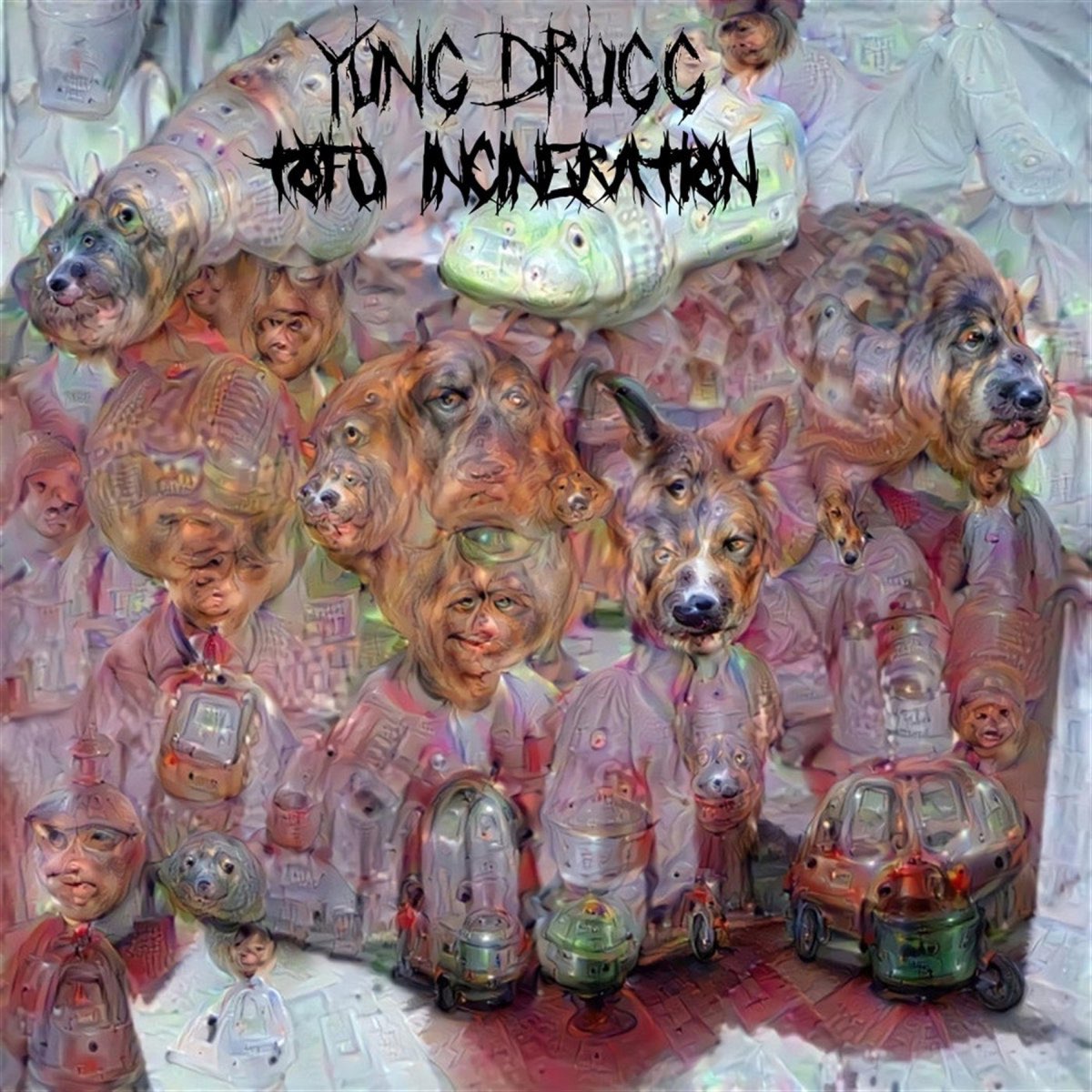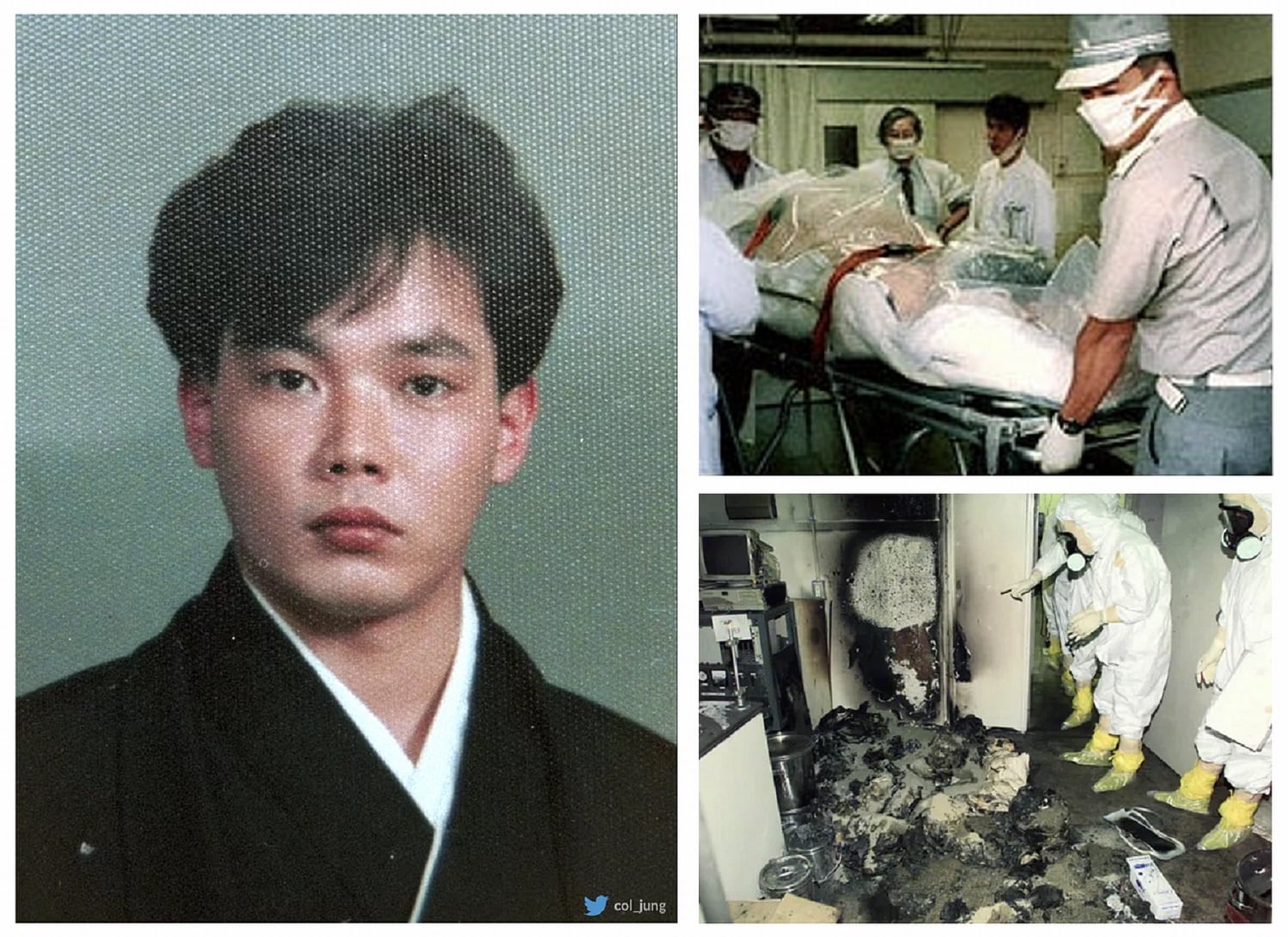The story of Hisashi Ouchi is one that truly tests the boundaries of human resilience and the ethical considerations within medicine. It speaks to a moment in time when an ordinary workday took a turn into something profoundly tragic, leaving a person facing an ordeal that few could ever imagine. This account, as a matter of fact, brings to light the severe consequences of an industrial accident and the desperate, heartbreaking efforts to sustain a life in the face of overwhelming odds.
What unfolded during those many days for Hisashi Ouchi was a struggle against the very forces of nature, a battle where the human body was pushed beyond its limits. It really is a narrative that prompts reflection on what it means to live, to suffer, and to have one's existence prolonged under circumstances that defy ordinary comprehension. This particular incident, so, remains a stark reminder of the immense energies at play in certain industries and the fragile nature of our physical being when confronted with them.
The events surrounding Hisashi Ouchi's accident and the subsequent medical interventions have, in a way, become a significant case study, discussed in various fields. It’s a story that asks us to consider the meaning of life support when there is no hope of recovery, and the sheer strength of those who cared for him during such a prolonged period of intense suffering. We will look at the facts of his situation, the medical care he received, and the impact of the accident on his life, too it's almost.
Table of Contents
- The Life of Hisashi Ouchi
- What Happened on September 30, 1999?
- How Did Hisashi Ouchi Survive So Long?
- What Were the Effects of Such Extreme Radiation?
- Were There Any Doubts About His Treatment?
- The Final Days of Hisashi Ouchi
The Life of Hisashi Ouchi
Hisashi Ouchi was a man from Japan whose life took an incredibly difficult turn because of a work accident. Before the incident that would change everything, he was, like many others, engaged in his daily professional activities. His personal history, while not widely detailed in public records, points to a person who was part of the workforce at a nuclear facility. This facility, in Tokaimura, Japan, was the site of the event that led to his extraordinary and, some might say, tragic period of survival. He was, in essence, a regular individual whose existence became a point of discussion and deep concern for medical and ethical communities around the globe, as a matter of fact.
The circumstances that brought him into the public eye were not of his own making, but rather the result of an unforeseen industrial mishap. He was, by all accounts, performing his duties when the accident occurred, making his story a powerful example of the risks that can be present in certain lines of work. His life, while cut short, serves as a very stark reminder of the potential dangers associated with handling highly energetic materials. It is a story that, in a way, emphasizes the need for extreme caution and safety measures in such environments.
Personal Details and Bio Data
| Name | Hisashi Ouchi |
| Nationality | Japanese |
| Occupation | Worker at a nuclear facility |
| Date of Accident | September 30, 1999 |
| Radiation Exposure Level | 17 sieverts (Sv) |
| Survival Period | 83 days |
What Happened on September 30, 1999?
On the thirtieth day of September, in the year 1999, Hisashi Ouchi was involved in an accident at a nuclear facility. He was, you know, working with two other individuals at the time. This particular day would become a significant point in medical history, marked by an event that exposed him to an unbelievably high level of radiation. The specific task they were undertaking involved the preparation of a uranium solution, which, for some reason, led to a critical event. This event, so, resulted in a burst of energy that would have profound and devastating effects on those nearby.
The facility was, apparently, dealing with the processing of nuclear fuel, a task that demands extreme precision and adherence to safety rules. However, on this day, something went wrong during the mixing process. It was a moment where the materials reached a critical state, releasing an enormous amount of radiation in a very short time. This sudden release of energy was, in fact, the cause of the severe exposure that Hisashi Ouchi and his colleagues experienced. The day started like any other, but it ended with an event that would lead to an unprecedented medical challenge.
The Accident and Initial Exposure for Hisashi Ouchi
Hisashi Ouchi absorbed a truly staggering amount of radiation during the accident—a total of 17 sieverts. To give some idea of what that means, a dose of 8 sieverts is typically considered fatal for a human being. So, the level he received was more than double what is usually thought to be a lethal amount. This made his case, in some respects, unique in the history of radiation exposure. His body, from that moment on, was fighting against an invisible, powerful force that had attacked his very cells.
Right after the incident, Hisashi Ouchi was, apparently, in a very bad way. He was taken to the hospital, and it was clear that the radiation had already started to do its terrible work. His entire body showed signs of severe burns from the radiation, and he was, basically, in his own vomit. This initial state indicated the extreme nature of the exposure and the immediate, overwhelming impact it had on his physical being. It was a truly horrifying start to what would become a prolonged and very difficult period of medical care and suffering for Hisashi Ouchi.
How Did Hisashi Ouchi Survive So Long?
Hisashi Ouchi was kept alive for a total of 83 days following his extreme exposure to radiation. This was, in fact, the longest period any human being had survived after absorbing such a high dose. The medical team caring for him undertook extraordinary measures to sustain his life. Their efforts were, in a way, a continuous battle against the complete breakdown of his bodily systems, which had been severely damaged by the radiation. It was a situation that pushed the boundaries of what medicine could do, given the extent of the internal destruction.
The doctors tried various methods to keep him going, understanding the immense challenges they faced. They used procedures like blood transfusions, which would have been necessary to replace blood cells that were being destroyed by the radiation. They also used stem cell treatments, hoping to help his body regenerate some of the damaged cells and tissues. These interventions were, you know, attempts to support his vital functions as his own body struggled to cope with the profound cellular damage. It was a very difficult situation for everyone involved, trying to prolong a life under such circumstances.
Medical Efforts and the Fight for Hisashi Ouchi
The medical professionals working with Hisashi Ouchi were, essentially, fighting a losing battle, but they continued their efforts with immense dedication. They were, in fact, trying to manage the symptoms of an illness that was attacking him at a fundamental level. The radiation had, apparently, destroyed all of his chromosomes, which meant his body could no longer create new cells to replace old or damaged ones. This made healing impossible, as the very building blocks of his body were compromised. For a couple of months, he appeared to be in a state of ongoing decline, despite their best attempts.
The support Hisashi Ouchi received was constant and comprehensive, though ultimately unable to reverse the damage. Every day was a struggle to maintain his bodily functions, from keeping his organs working to managing the severe pain and discomfort he experienced. The team was, you know, focused on providing whatever support they could, knowing the severity of his condition. This period of intense medical intervention highlights the commitment of healthcare workers, even when faced with a situation that offered no real hope of recovery, just a prolongation of life.
What Were the Effects of Such Extreme Radiation?
The effects of 17 sieverts of radiation on Hisashi Ouchi's body were, to put it mildly, catastrophic. The initial impact was visible and very distressing; his skin, for example, began to fall off even on the way to the hospital. This was just the beginning of a complete systemic failure. The radiation had, basically, attacked his body at its most basic level, affecting the very genetic material within his cells. It was an assault that left no part of him untouched, causing widespread damage that his body simply could not repair.
His internal systems were, in a way, breaking down. His chromosomes, which hold all the instructions for how his body should work and repair itself, were completely destroyed. This meant his body could not produce new blood cells, heal wounds, or fight off infections. The radiation sickness was, in fact, so severe that Hisashi Ouchi cried blood, a truly horrifying symptom of the internal bleeding and tissue damage he was experiencing. His DNA, the blueprint of his existence, was shattered, leaving him without the capacity for self-repair or regeneration. This profound cellular destruction meant that every day was a battle against his own body's collapse.
The Devastating Impact on Hisashi Ouchi
Over the course of the two months following the accident, Hisashi Ouchi was kept alive through continuous medical intervention, but his physical state continued to worsen dramatically. The destruction of his chromosomes meant that his body was, in essence, unable to renew itself. His skin, as mentioned, was gone, leaving him incredibly vulnerable to infection and fluid loss. His internal organs were also, apparently, severely affected, struggling to perform their functions. He was, you know, enduring a level of physical breakdown that is almost impossible for most people to imagine.
The suffering he went through was, by all accounts, immense. His condition deteriorated day by day, despite the best efforts of the medical team. The radiation had caused such widespread damage that his body was simply unable to sustain itself. This period was a testament to the sheer force of radiation and its capacity to inflict unimaginable harm on living tissue. Hisashi Ouchi's experience became a stark illustration of the brutal consequences of such an extreme exposure, highlighting the profound and irreversible damage that can occur when the body's fundamental structures are compromised.
Were There Any Doubts About His Treatment?
The decision to keep Hisashi Ouchi alive for such an extended period, given the hopelessness of his condition, has, in some respects, sparked considerable discussion. There is a common argument that he was kept alive against his will, enduring immense suffering for 83 days. This raises important ethical questions about the extent of medical intervention when there is no possibility of recovery and the patient's capacity to consent or refuse treatment is compromised. It’s a very complex situation, as a matter of fact, balancing the desire to preserve life with the reality of profound suffering.
Another point of discussion has been about the specific medical procedures performed on him. For example, a common argument is that Hisashi Ouchi never had his right leg amputated. However, the available information doesn't provide enough details about all the procedures he underwent to confirm or deny this. The focus of the medical team was, apparently, on sustaining his life, which would have involved a wide range of interventions to manage his symptoms and support his failing body. These discussions highlight the difficult choices faced by medical professionals in such extreme circumstances, trying to do what they believe is best while confronting a truly unprecedented situation.
Questions Surrounding Hisashi Ouchi's Care
The ethical dilemmas surrounding Hisashi Ouchi's prolonged life support are, in a way, central to his story. When a person is in such an extreme state, with no hope of getting better, the question of whether to continue life-sustaining treatments becomes very difficult. Hisashi Ouchi was, apparently, enduring radiation sickness so severe that it caused him to cry blood and destroyed his DNA, making his suffering clear. The medical team, however, was committed to preserving his life, pushing the limits of what was medically possible.
This situation brings up important conversations about patient autonomy and the definition of life itself. Was it truly a life being preserved, or was it a body being kept functioning against overwhelming odds? These are, you know, questions that do not have simple answers and continue to be debated in medical ethics. The case of Hisashi Ouchi serves as a powerful example of the profound moral and practical challenges that arise when medical science encounters the absolute limits of human endurance and recovery. It really makes one think about the boundaries of medical intervention.
The Final Days of Hisashi Ouchi
Hisashi Ouchi's battle against the effects of the radiation continued for 83 agonizing days. During this period, his colleague, Masato Shinohara, who was also exposed to radiation (about 10 sieverts), also faced a severe ordeal. For a couple of months, Shinohara, too, appeared to be in a difficult state, though his exposure was somewhat less than Hisashi Ouchi's. The accident had, in fact, impacted multiple lives, leaving a lasting mark on those involved and the medical community.
Hisashi Ouchi's condition steadily worsened, despite the continuous efforts of the medical team. The damage to his body was simply too extensive and too fundamental to overcome. His chromosomes were all destroyed, meaning his body could not repair itself, and over those two months, he was kept alive through constant intervention. His only recorded words, apparently, were expressions of profound suffering and a desire for the ordeal to end. This speaks volumes about the immense pain and distress he experienced throughout his prolonged survival.
On September 30, 1999, Hisashi Ouchi was exposed to 17 sieverts of radiation, the highest amount a person had survived, yet his skin fell off on the way to the hospital, all of his chromosomes were destroyed, and nearly every system in his body failed. His story, in a way, stands as a stark reminder of the devastating power of radiation and the ethical complexities that arise when medical science attempts to prolong life in the face of such overwhelming damage. His 83-day struggle remains a significant, if heartbreaking, chapter in the history of nuclear accidents and medical ethics.
Related Resources:



Detail Author:
- Name : Dr. Hans Huels
- Username : baumbach.blair
- Email : una49@hotmail.com
- Birthdate : 2003-06-05
- Address : 967 Axel Vista Apt. 132 New Zachariah, ND 93219
- Phone : 838-773-3749
- Company : Schulist-Stamm
- Job : Agricultural Crop Worker
- Bio : Nemo et vitae sit dolore corrupti delectus. Ea dolores sunt et minus illo quo voluptas quia.
Socials
linkedin:
- url : https://linkedin.com/in/ryder2423
- username : ryder2423
- bio : Ipsa aperiam ratione qui illo dignissimos ea.
- followers : 3586
- following : 2750
facebook:
- url : https://facebook.com/ryder_brown
- username : ryder_brown
- bio : Esse dolor aut ut odio. Delectus harum ea culpa sed.
- followers : 1096
- following : 1755
tiktok:
- url : https://tiktok.com/@ryder.brown
- username : ryder.brown
- bio : Qui fuga accusantium voluptas sed est quasi.
- followers : 6620
- following : 1787